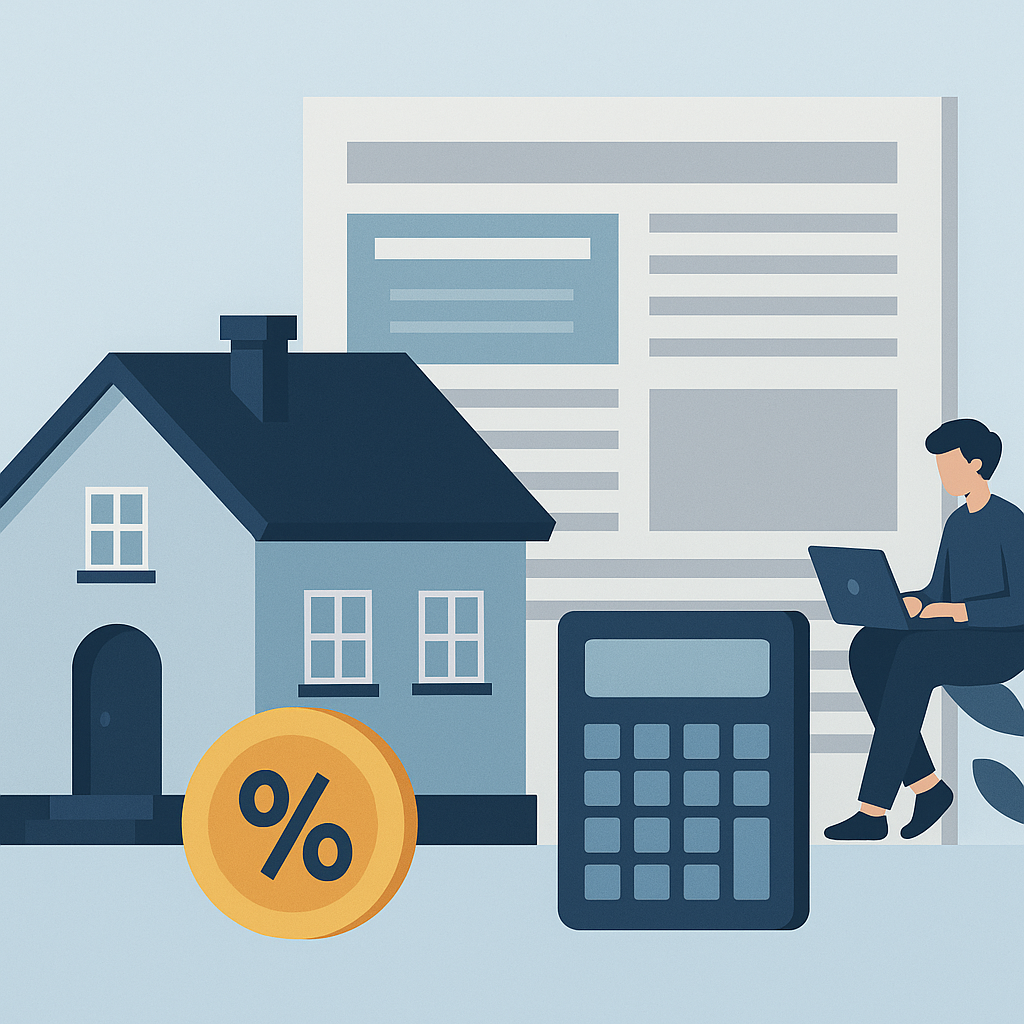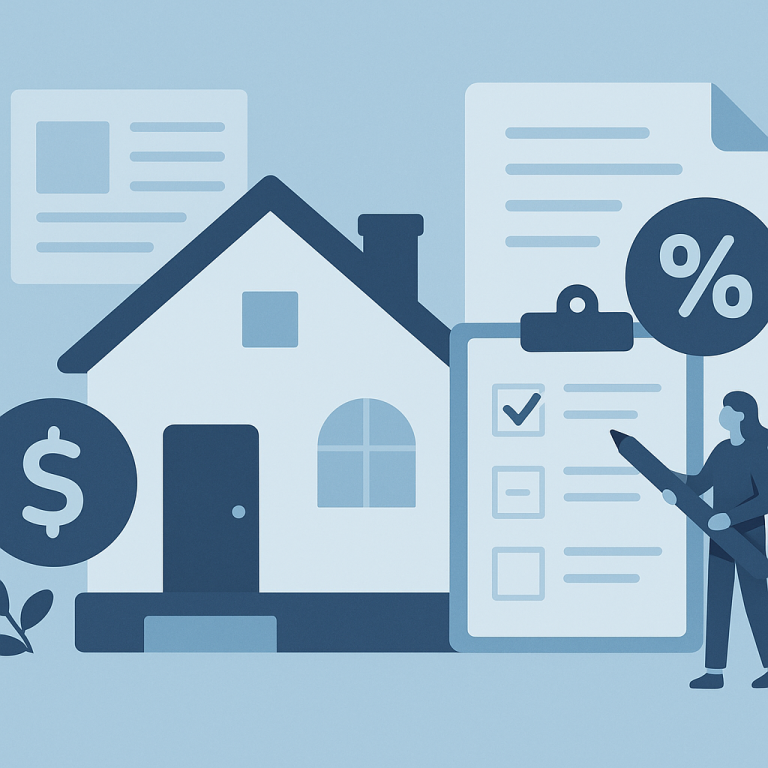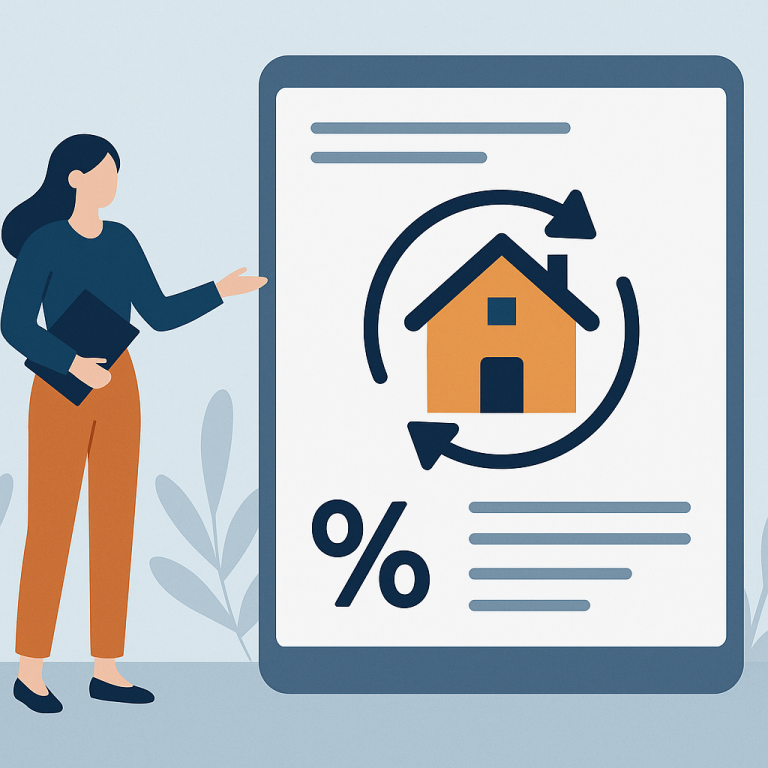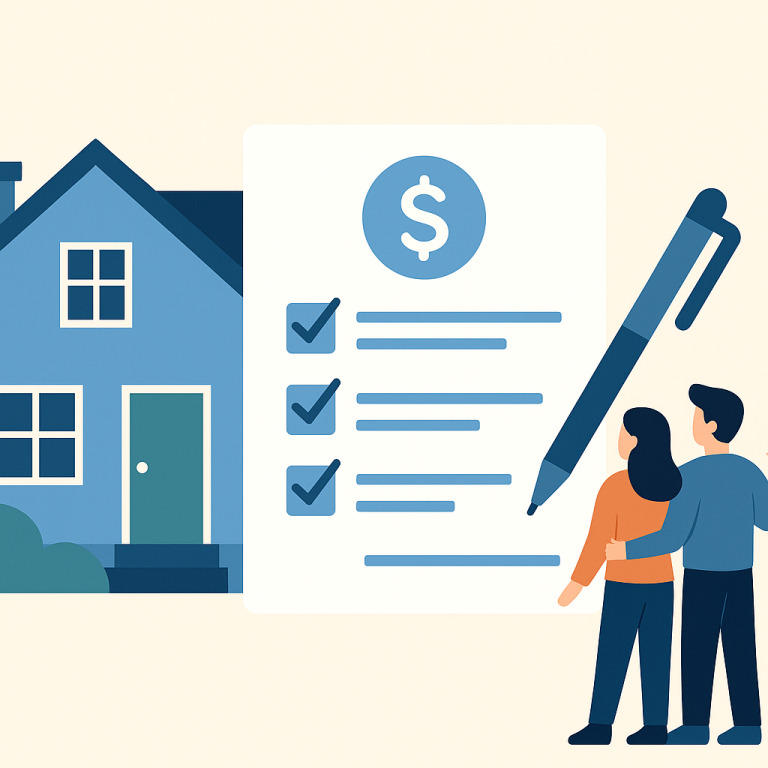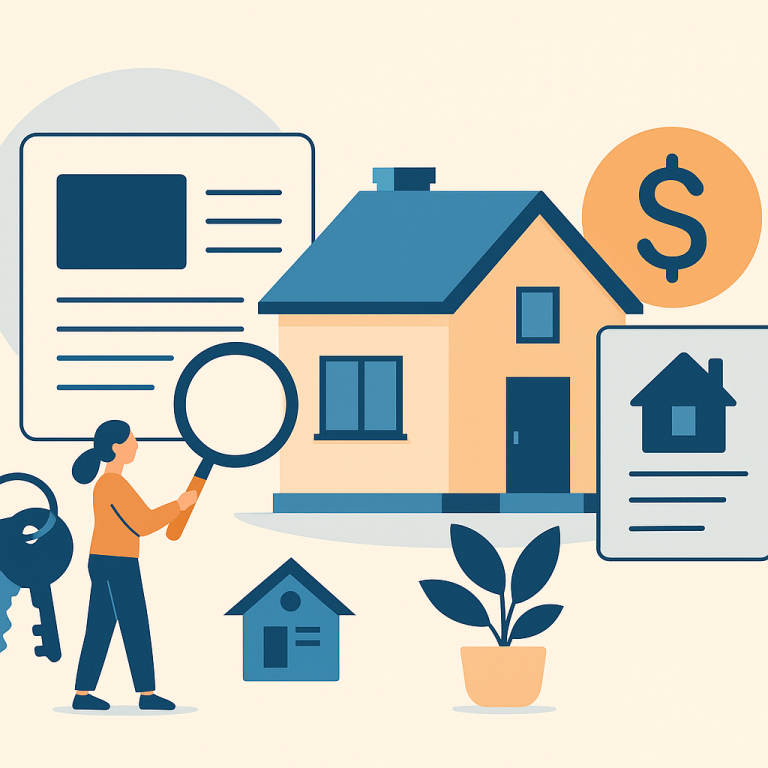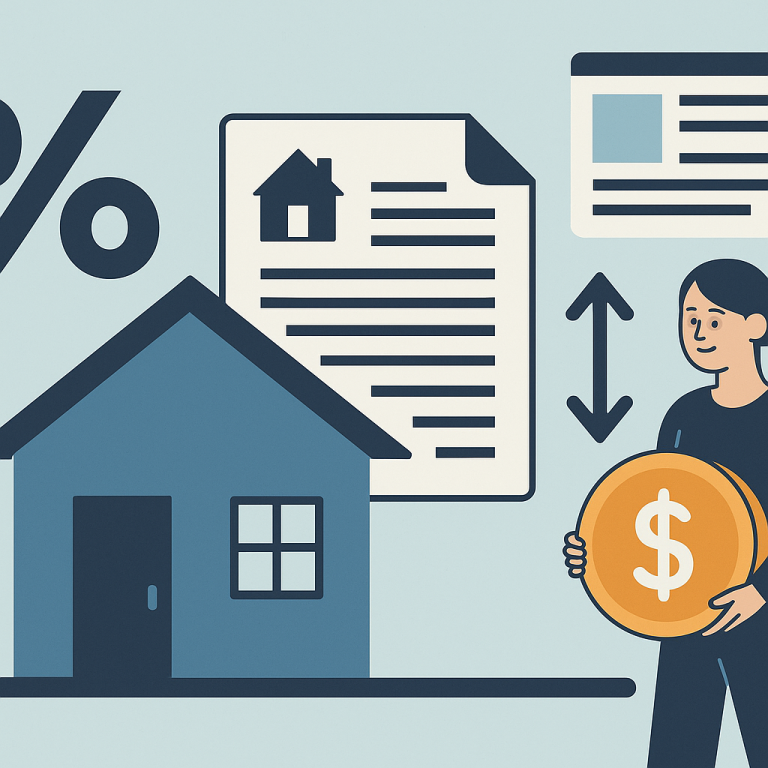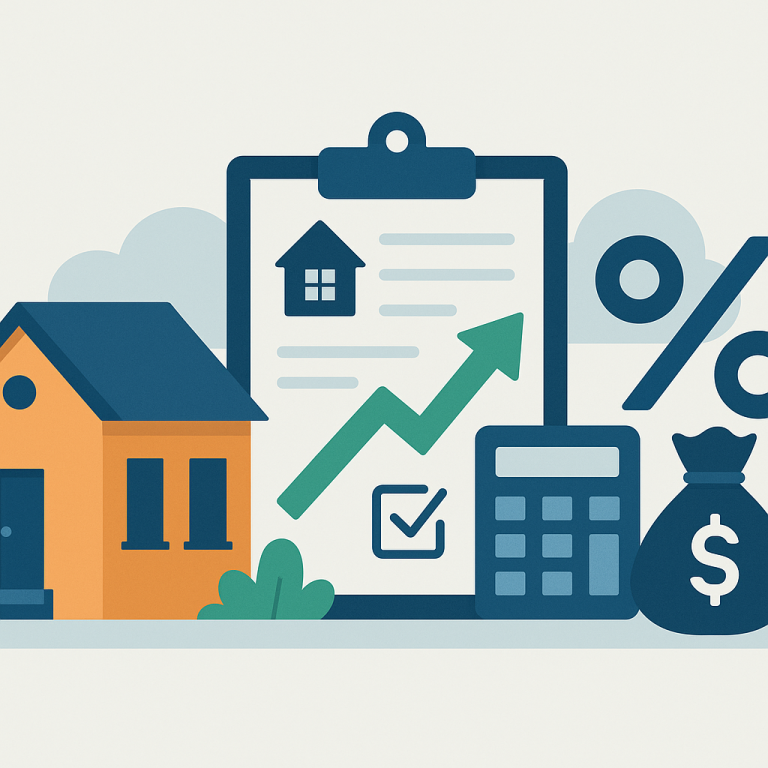Fannie Mae Tightens Refinance Underwriting For Cash-Out Loans With New DTI Limits
Refinancing Opportunity Grows for Homeowners Who Took High-Rate Loans
As borrowing conditions shift, a growing subset of homeowners who originated mortgages during peak rate periods are evaluating refinance options to lower monthly payments, shorten loan terms or tap home equity. Lenders and mortgage advisers report steady demand from borrowers seeking relief from previously higher interest costs, and industry observers say refinancing can be a pragmatic move when the math aligns with household goals.
Refinance decisions hinge on three core factors: current mortgage rates relative to the borrower’s note, the cost of refinancing, and how long the homeowner plans to stay in the property. When the gap between a homeowner’s existing rate and available market rates is meaningful, the potential to reduce interest expense over time increases. However, closing costs and fees can offset short-term savings, so homeowners need to calculate the break-even horizon before committing.
Beyond simply lowering the rate, homeowners use refinancing strategically to change their loan structure. Common objectives include shortening the remaining amortization to build equity faster, switching from an adjustable-rate mortgage to a fixed-rate loan for payment stability, or consolidating other debts through a cash-out refinance. Each outcome carries a different cost-benefit profile: reducing the term typically raises monthly payments even as it slashes total interest paid, while cash-out refinances increase loan balance and may extend the repayment timeline.
Credit profiles and home equity are central to refinance eligibility and pricing. Borrowers with stronger credit histories generally secure more competitive terms, while available equity influences both the ability to refinance and the range of product choices, such as conventional, government-backed, or jumbo loans. Homeowners with limited equity may find options narrower or costlier, and those considering a cash-out option should weigh the impact on their loan-to-value ratio.
Market dynamics also affect timing and execution. Lenders periodically adjust pricing and loan programs in response to funding costs and demand, so shopping multiple offers and understanding points, origination fees and rate-lock windows is essential. Small differences in upfront fees can alter the break-even calculation, and a rate lock can protect a borrower from short-term market volatility during the underwriting process.
Homeowner Takeaways
- Run a break-even analysis before refinancing: compare expected monthly savings against closing costs to estimate how long it will take to recoup fees.
- Clarify your objective: prioritize whether you want lower payments, a shorter term, payment stability, or cash liquidity—each goal points to different products.
- Check eligibility factors: credit score, debt-to-income ratio and available equity strongly influence pricing and options.
- Get multiple lender quotes and compare APRs, not just headline rates; review points, fees and prepayment terms.
- Consider timing and duration: if you expect to move or sell soon, the break-even window may not justify the transaction cost.
- Consult a mortgage professional for a personalized comparison, especially when mixing objectives like cash-out and term reduction.
Refinancing can be a valuable tool for homeowners who acquired mortgages during higher-rate episodes, but its benefits are situational. A disciplined comparison of costs, goals and market offers will help borrowers determine whether refinancing improves their financial position or simply shifts liabilities without delivering net advantage.
META: refinancing-opportunity-homeowners-high-rates-takeaways

